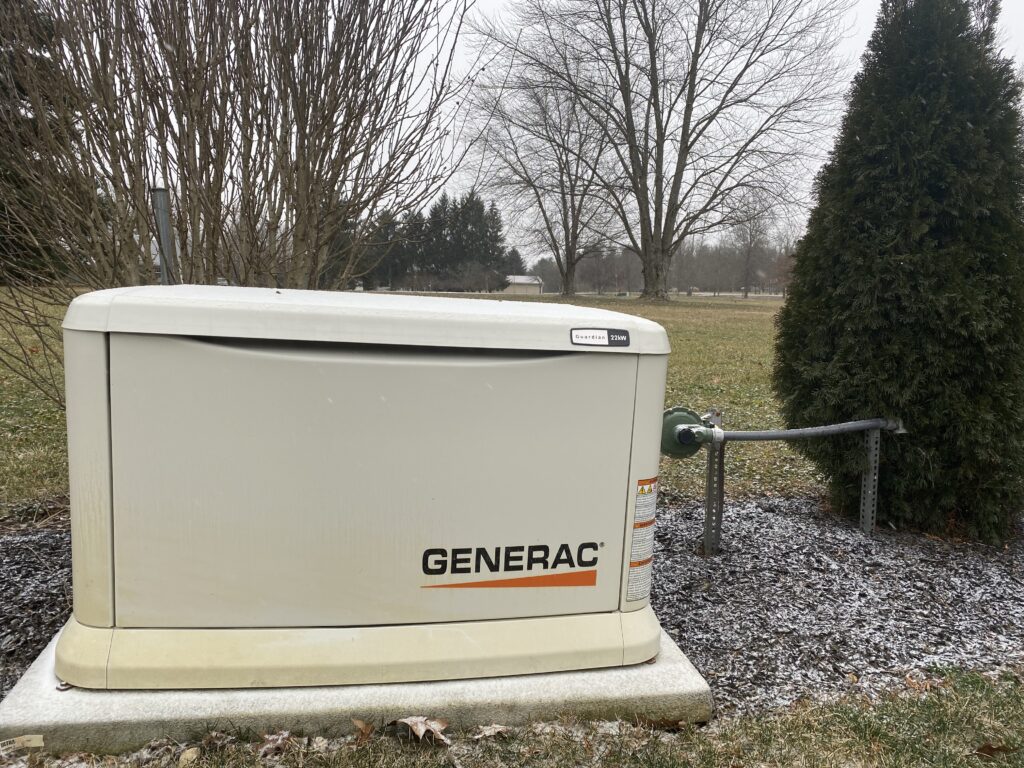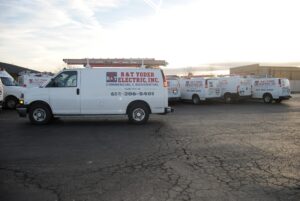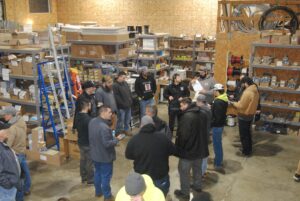
In this article, you will learn how to connect a generator to your house without a transfer switch. Yoder Electric, a trusted name in electrical services, has been serving satisfied customers since 2004. With Rod and Tina Yoder leading the way, their family business has grown to over 50 employees. Whether it’s for your home or business, you can rely on Yoder Electric to handle the job with professionalism. Stay tuned to discover the steps on how to safely and effectively connect a generator to your house without a transfer switch.
Have you ever found yourself in a situation where a power outage hits, and you need to connect a generator to your house quickly, but you don’t have a transfer switch? Don’t worry, you’re not alone. Many people find themselves in this predicament and wonder how they can safely connect a generator to their home without a transfer switch. In this article, we’ll walk you through the process step by step, providing you with detailed instructions and tips to ensure a safe and effective connection. So, grab your generator and let’s get started!
Understanding the Basics
Before we dive into the actual process of connecting a generator to your house without a transfer switch, let’s first understand some basic concepts. A transfer switch is an essential safety device that connects your generator to your home’s electrical system. It ensures that power is safely transferred from the generator to your home and prevents backfeeding, which can be dangerous for utility workers.
What is Backfeeding?
Backfeeding is when electricity generated by your generator flows back into the power lines, potentially endangering utility workers who are working to restore power during an outage. This is why it’s crucial to have a transfer switch installed to prevent backfeeding and ensure the safety of everyone involved.
Materials Needed
Now that you have a basic understanding of the importance of a transfer switch let’s gather the materials you’ll need to safely connect your generator to your house without one. Here’s a list of essential items you’ll need:
- Generator: Make sure you have a generator that can handle the electrical load of your home.
- Heavy-Duty Extension Cords: You’ll need these to connect your generator to your house.
- Interlock Kit or Generator Inlet Box: These are alternative devices that can help you safely connect your generator to your home’s electrical panel.
- Electrical Tape and Wire Cutters: These tools will come in handy during the connection process.
- Flashlights: In case you’re working in low light conditions.
- Safety Gloves and Goggles: Always prioritize safety when working with electricity.
Optional Materials
Depending on your specific setup, you may also need the following optional materials:
- Outdoor-Rated Power Cord: If you’re connecting your generator outdoors.
- Grounding Rods: For added safety and grounding.
Connecting Your Generator
Now that you’ve gathered all the necessary materials let’s move on to the actual process of connecting your generator to your house without a transfer switch. Follow these steps carefully to ensure a safe and successful connection:
Step 1: Choose a Safe Location
Start by placing your generator outdoors in a well-ventilated area. Never operate a generator indoors or in an enclosed space as it can lead to carbon monoxide poisoning. Make sure the generator is at a safe distance from your home to prevent any fire hazards.
Step 2: Prepare the Generator
Check the oil and fuel levels of your generator before starting it. Follow the manufacturer’s instructions for starting and operating the generator safely.
Step 3: Connect the Extension Cords
Using heavy-duty extension cords, connect the generator to the appliances or devices you want to power. Make sure the cords are rated for outdoor use and are in good condition to prevent any accidents.
Step 4: Use an Interlock Kit or Generator Inlet Box
If you have an interlock kit or generator inlet box, you can use these devices to safely connect your generator to your home’s electrical panel. These devices ensure that power from the generator is isolated from the utility lines, preventing backfeeding.
Step 5: Turn Off the Main Breaker
Before connecting your generator to your home’s electrical system, make sure to turn off the main breaker in your electrical panel. This will prevent any power from flowing back into the utility lines and keep you safe during the connection process.
Step 6: Connect the Generator
Carefully connect your generator to your home’s electrical system using the appropriate method (interlock kit or generator inlet box). Follow the manufacturer’s instructions and make sure all connections are secure and properly insulated.
Step 7: Test the Connection
Once you’ve completed the connection process, test the system by starting your generator and checking if power is being supplied to your home. Make sure all the appliances and devices you want to power are working correctly.
Safety Precautions
While connecting a generator to your house without a transfer switch is possible, it’s important to prioritize safety throughout the process. Here are some essential safety precautions to keep in mind:
- Carbon Monoxide: Always operate your generator outdoors to prevent carbon monoxide poisoning.
- Electrical Hazards: Be cautious when working with electricity and make sure all connections are secure and insulated.
- Backfeeding: Avoid backfeeding by using alternative devices like an interlock kit or generator inlet box.
- Overloading: Make sure your generator can handle the electrical load of your home to prevent overloading and potential damage.
Additional Safety Tips
- Never Operate in Rain: Avoid using your generator in wet conditions to prevent electrical hazards.
- Regular Maintenance: Keep your generator well-maintained to ensure its safe and efficient operation.
- Keep Children and Pets Away: Prevent accidents by keeping children and pets away from the generator during operation.
Connecting a generator to your house without a transfer switch is possible if done correctly and safely. By following the steps outlined in this article and prioritizing safety precautions, you can effectively power your home during an outage without the need for a transfer switch. Remember to always consult a professional electrician if you’re unsure about any part of the process and prioritize safety above all else. Stay safe and prepared for any power outage that comes your way!







